Downtown Brooklyn’s Edison Building Is Borough’s Newest Landmark
Partly owned by the city, the stately Renaissance Revival-style corner structure continues to play an important role in the borough.

The Brooklyn Edison Building at 345 Adams Street. Photo by Susan De Vries
The Brooklyn Edison Building in Downtown Brooklyn has become the borough’s newest landmark, after commissioners on the city’s Landmarks Preservation Commission voted unanimously today to designate the stately Renaissance Revival-style corner property.
The structure located at 345 Adams Street was first brought before the commission for consideration in February this year, and today LPC Chair Sarah Carroll urged the commissioners to move forward with designation.
“As you walk into Downtown Brooklyn and you see the new life that’s happening there, this building continues to play an important part of that evolving character and nature,” she said. “It is architecturally significant by virtue of its style, its size, its type, and its architects, but it really does also provide a sort of an anchor, as well as a gateway to this new evolving neighborhood.”
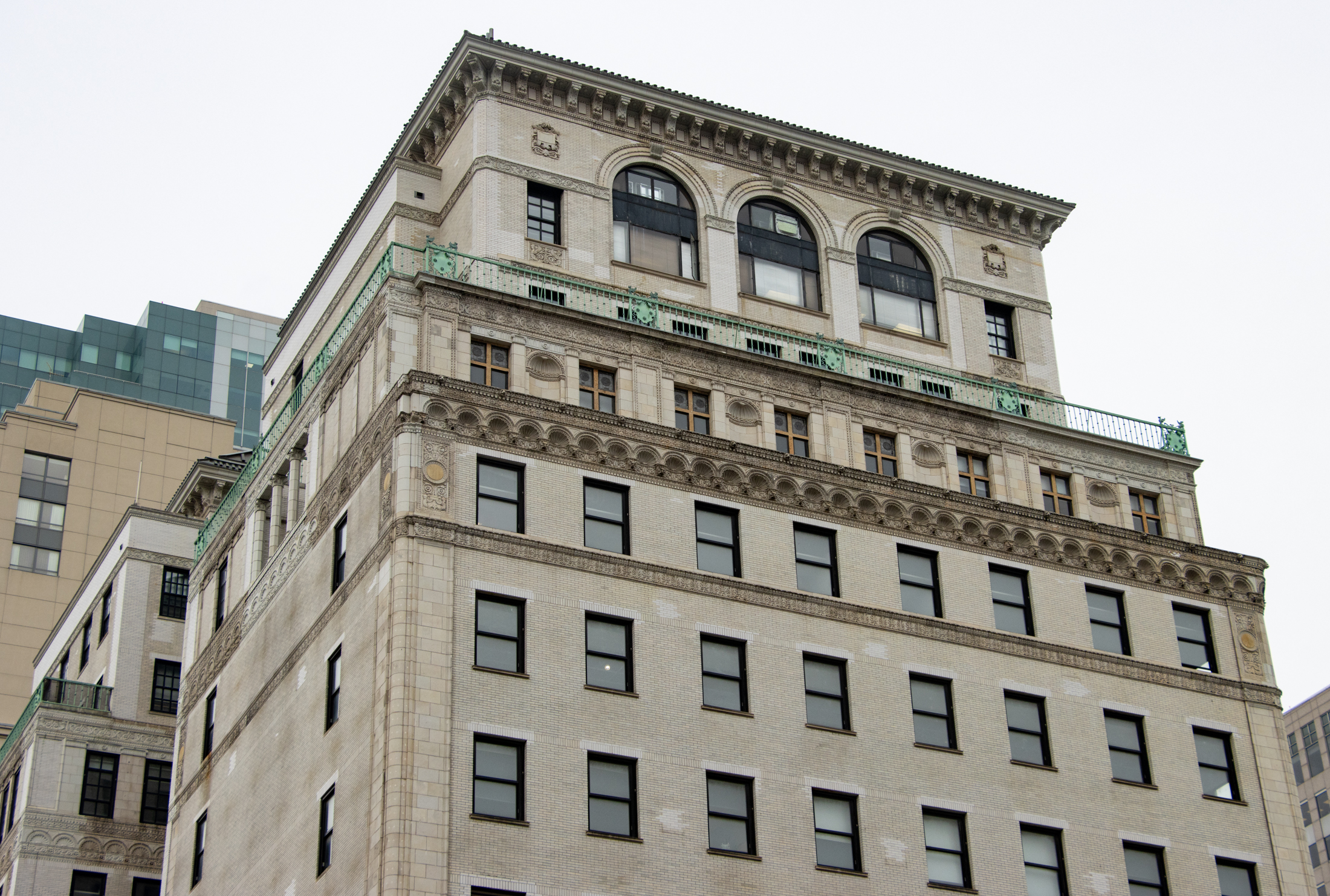
The 14-story commercial building sits at the intersection of Adams, Pearl, and Willoughby streets in Downtown Brooklyn, very much in the commercial and civic center of the borough. It was commissioned by the Brooklyn Edison Company, which played an important role in pushing technology and electricity forward in the the borough, and designed by architects McKenzie, Voorhees and Gmelin, according to LPC research department staff.
Built in two phases, the original structure fronting Willoughby Street rose in 1922, and a 1926 addition extended north along Adams Street. As Adams Street was expanded in the 1950s, the buildings to the west of the Brooklyn Edison Building were demolished and the Adams Street facade became its primary one.
At a recent public hearing on the building’s designation three people spoke, including Jeffrey Kay, a representative of Muss Development which owns the bottom two levels of the 14-story building. Regina Myer, the president of the Downtown Brooklyn Partnership, and Lucy Levine of the Historic Districts Council also testified.
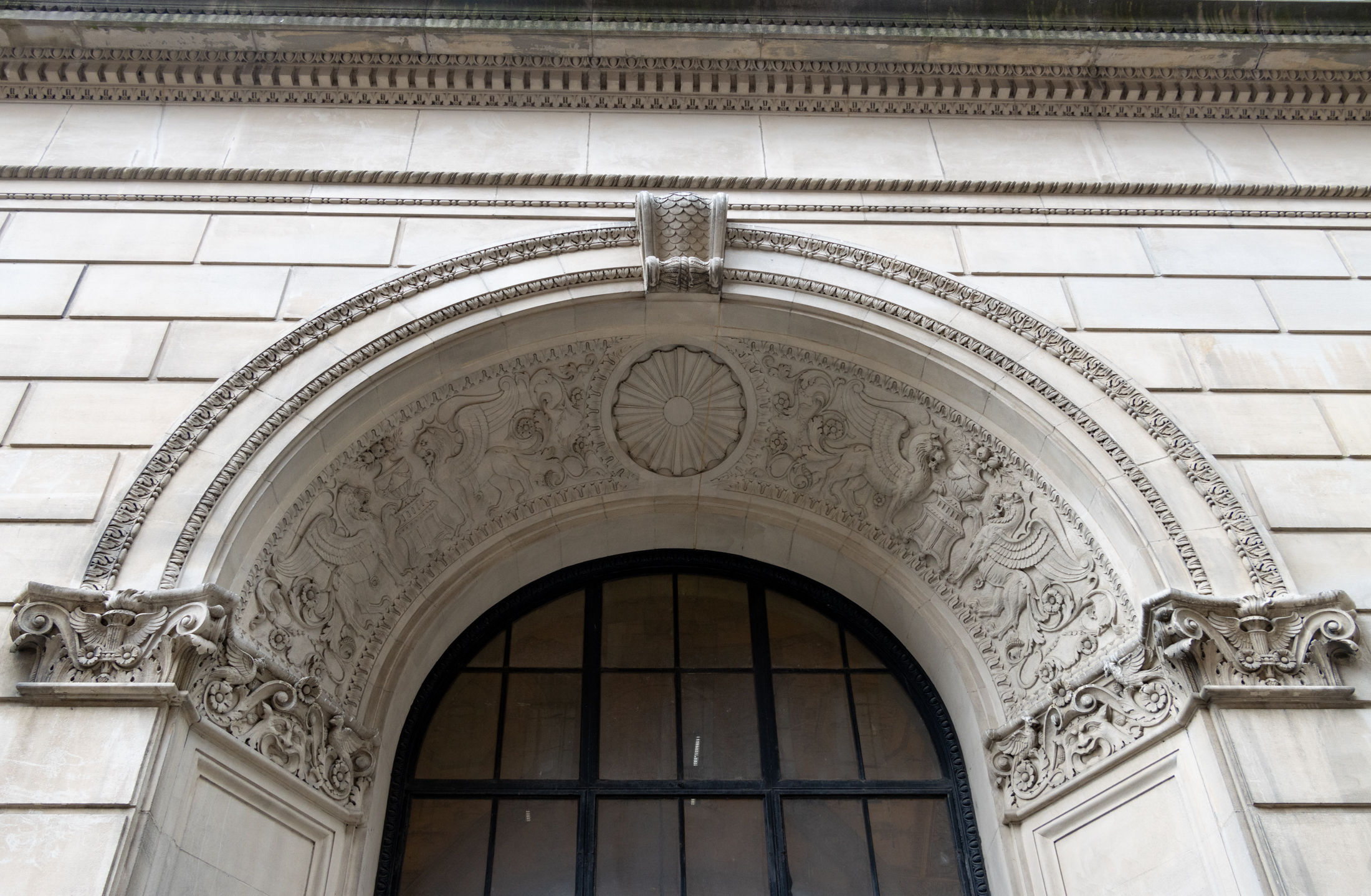
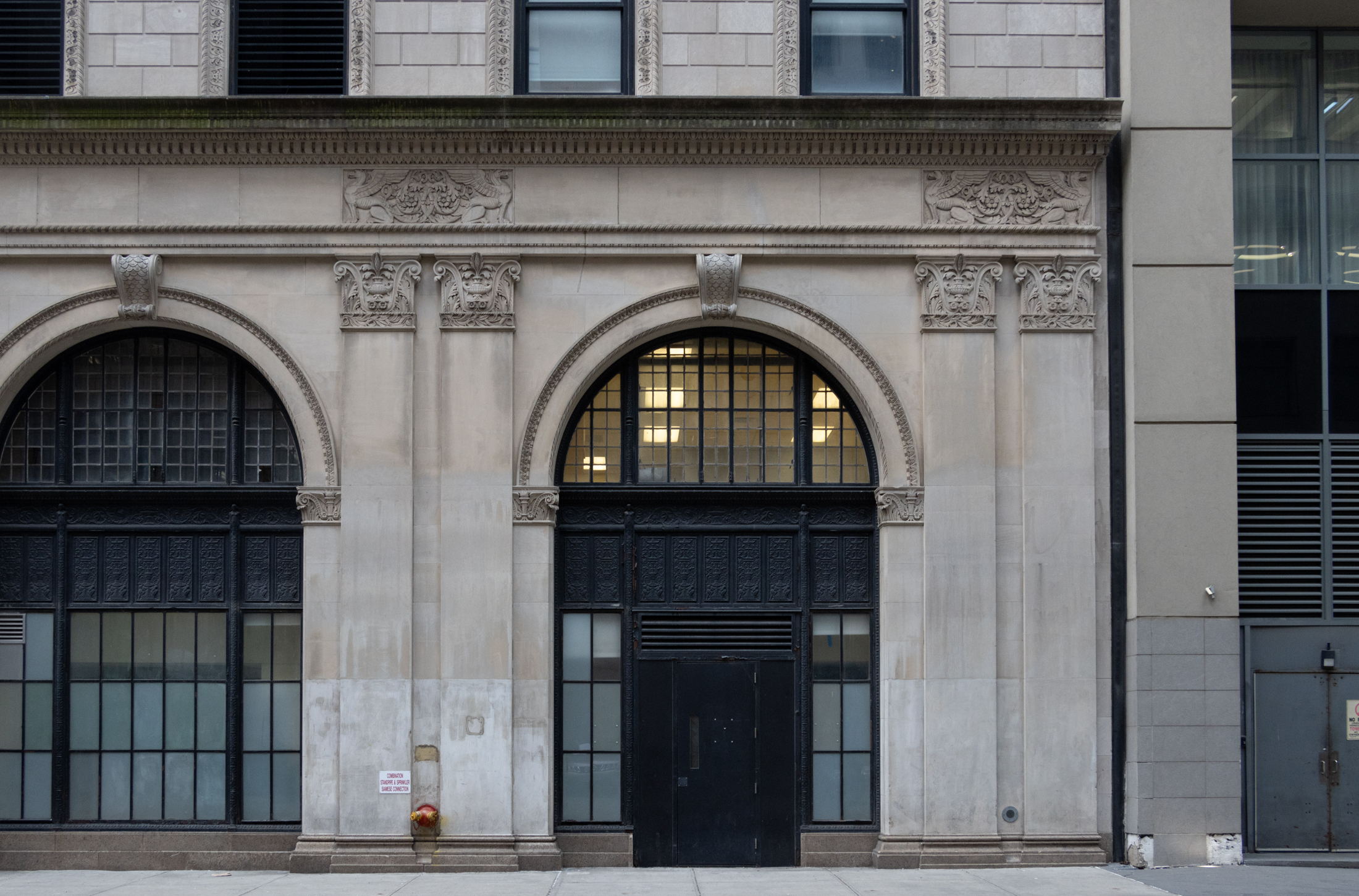
While none opposed the designation, Kay and Myer both urged the commission to take into account the active retail space on the ground floor of the building and how landmarking would impact that space, while Levine voiced full support for designation. LPC received two letters in support of landmarking from Council Member Lincoln Restler and a representative from the Brooklyn Heights Association.
In an agency press release following the vote, Carroll said the building is “a testament to the technological advancements that helped Brooklyn to become the thriving, vibrant borough that we know today, and a tangible reminder that New York City has always been a center for innovation and creativity.”
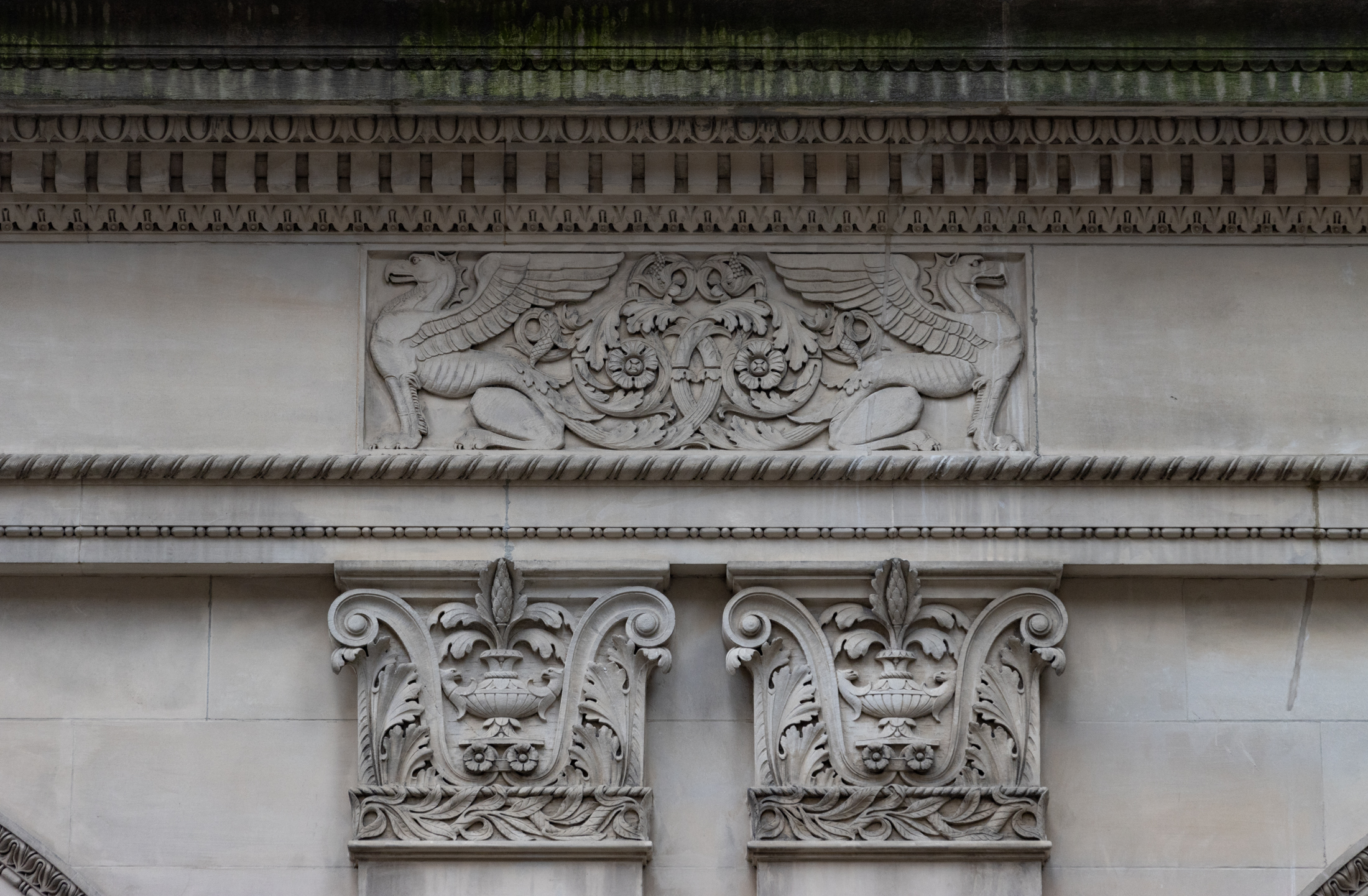
The building’s 12 upper stories are owned by New York City, and the city’s Executive Deputy Commissioner for Assets and Property Management Laura Ringelheim said in the release the agency looks forward to continuing the historic structure’s “legacy for future generations to come.”
“We take our stewardship of this Brooklyn gem seriously, and its recent restoration exemplifies our commitment to preserving the city’s historically significant facilities in our portfolio, while ensuring the building remains a vibrant part of downtown Brooklyn’s commercial and civic life,” she said.
[Photos by Susan De Vries]
Related Stories
- Brooklyn Edison Building Garners Support at Landmarking Hearing Despite Concerns
- Downtown Brooklyn’s Edison Building to Be Considered as an Individual Landmark
- Preservationists Charge Landmarks Commission Does Real Estate Lobby’s Bidding, Violating Law
Email tips@brownstoner.com with further comments, questions or tips. Follow Brownstoner on Twitter and Instagram, and like us on Facebook.


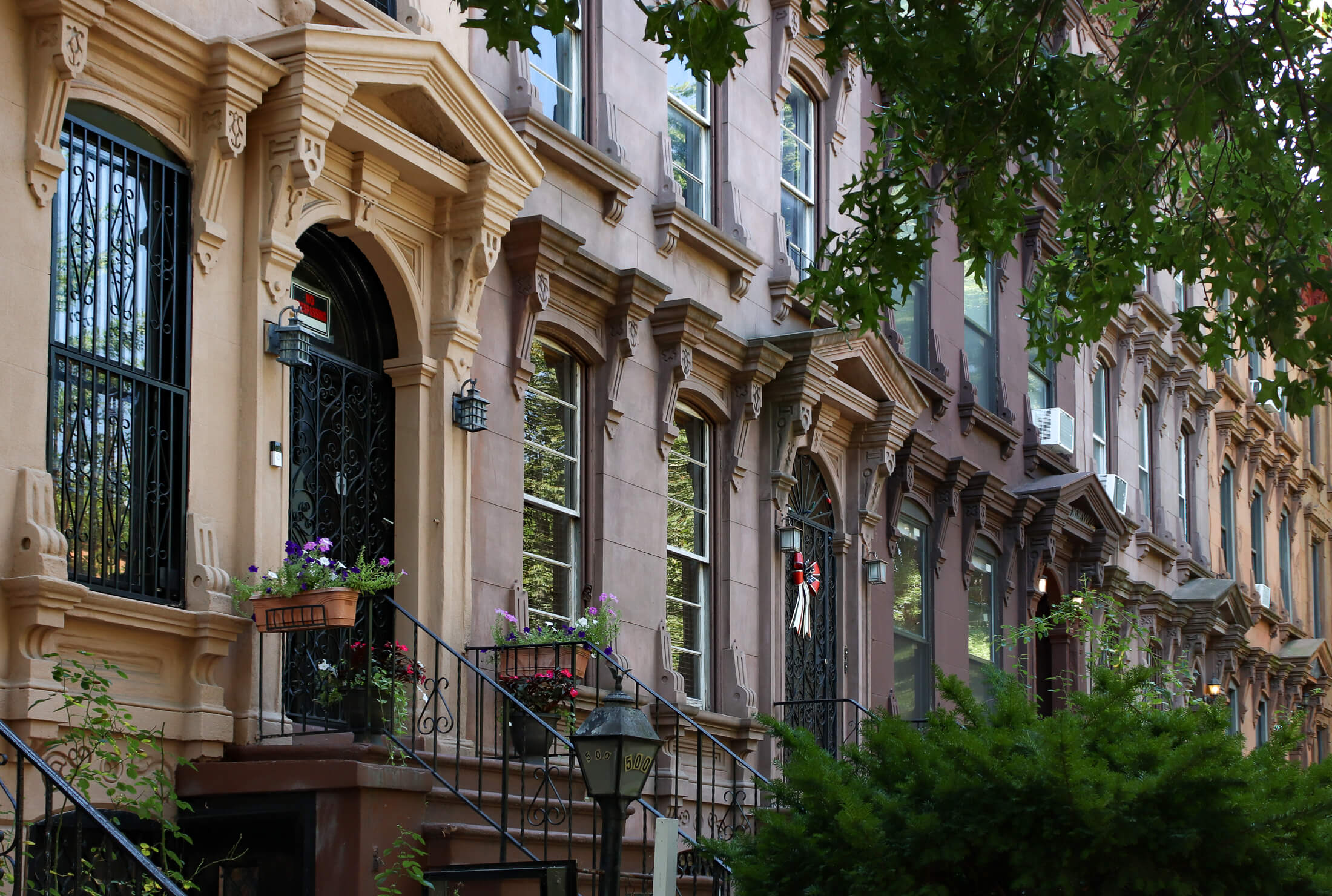
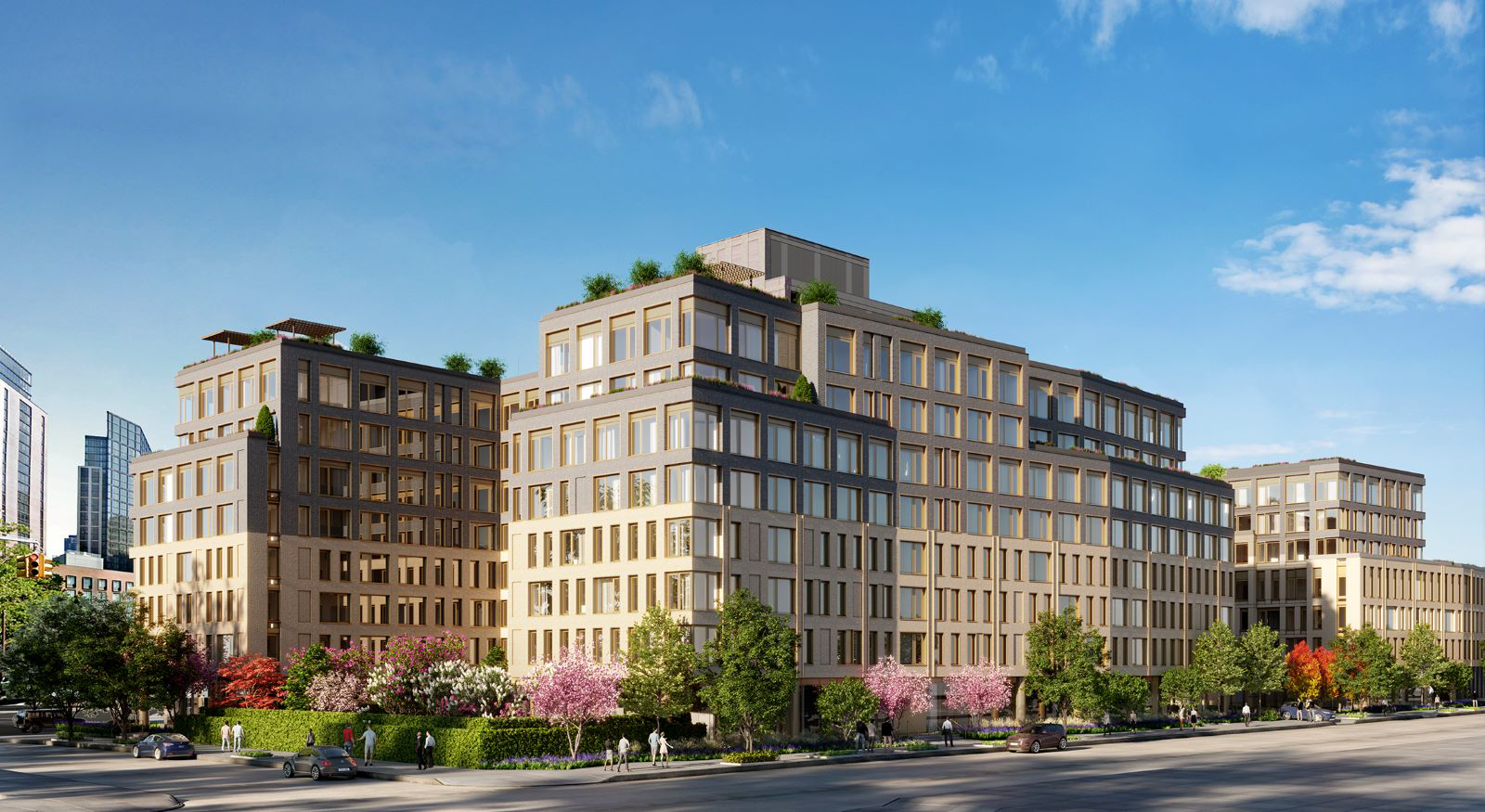
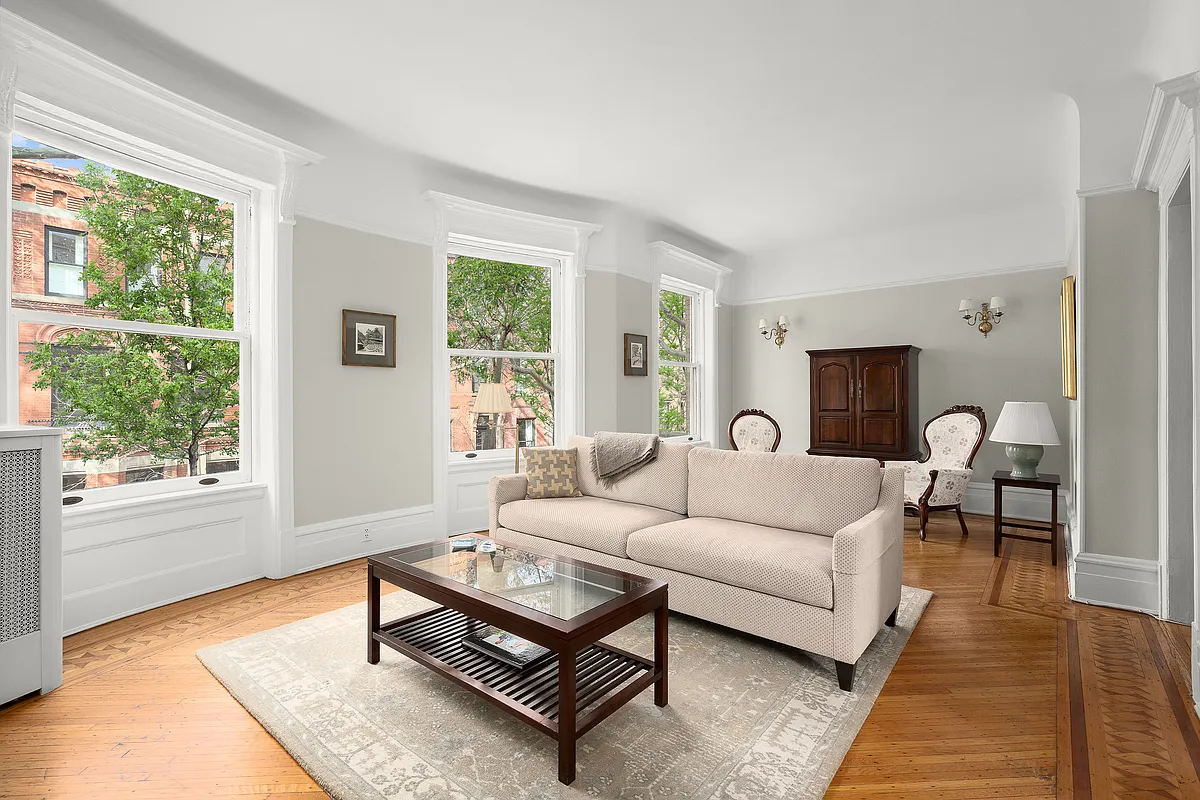




What's Your Take? Leave a Comment